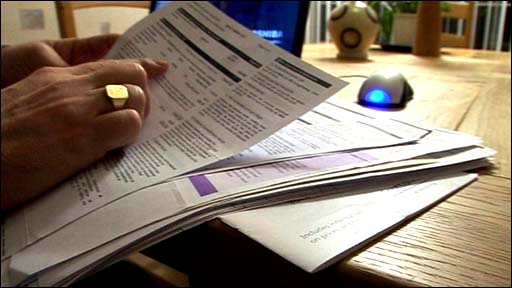
In a 2012 study carried out by the Energy Saving Trust, survey results found that households across the UK spend an extra £86 ($128) on energy bills because they leave their electronic devices on standby – something that can easily be reduced. In fact, sixteen percent of the average bill came from electronic devices left on standby; phone chargers plugged into sockets, PCs on standby mode, and televisions left switched on are a few of the culprits. This figure does not even take into consideration the amount of energy used when two family members each take a daily bath or do separate loads of laundry.
The rising cost of energy is something beyond our control. However the good news is that we have total control over our home appliances and the way we use energy. We know that energy efficiency has a positive impact on the planet, but did you know that it could also save your family a lot of money in the long run? Use the following methods for slashing your energy bill to make informed decisions about energy consumption and reduce your energy intake today.
Install Power Strips
One of the easiest ways to save money on your energy bill is to simply unplug electronics and appliances when not in use. Unfortunately this is easier said than done. With multiple family members using an array of devices, a few of them are surely to remain on standby mode. Power strips kill the power to these devices when they sense inactivity.
Replace the Old Fridge
Refrigerators operate 24 hours each day and can consume up to 1/6 of an entire energy bill, making them one of the most energy-consuming appliances around the house (something that is especially true with older models). Many refrigerators 20 years old and older use more than double the amount of energy compared with newer models.
Install a Faucet Aerator
With global increases in the cost of water treatment and widespread shortages in many developing countries, water conservation has never been more important. By installing a water saving device, you can reduce the flow of any faucet in your home to up to five liters per minute and save nearly 2000 liters per year.
Fix the Drip
Many hot-water faucets around the house can waste incredible amounts of water through slow leaks. Consider replacing the tap washer/O-ring on any taps that may be leaking and start saving water and money.
Insulate the Living Room
The living room is one of the biggest areas of most houses, and can therefore be a major source of heat loss (and expensive heating costs) if not insulated properly. This is probably the most cost-intensive option for making your home energy efficient, but can have the highest pay-off in the long run. Internal solid wall insulation may require a professional contractor to get the job done, as there are many risk factors involved – especially if there is evidence of penetrating damp within the walls.
Low-flow Showers
A big portion of a household’s hot-water usage comes from the bath and shower – just over 25 percent. The average shower uses 15 liters of water each minute, but a low-flow showerhead will cut this down to only 7 liters per minute. Fussy about shower pressure? Aim for 5 minutes maximum in the shower.

